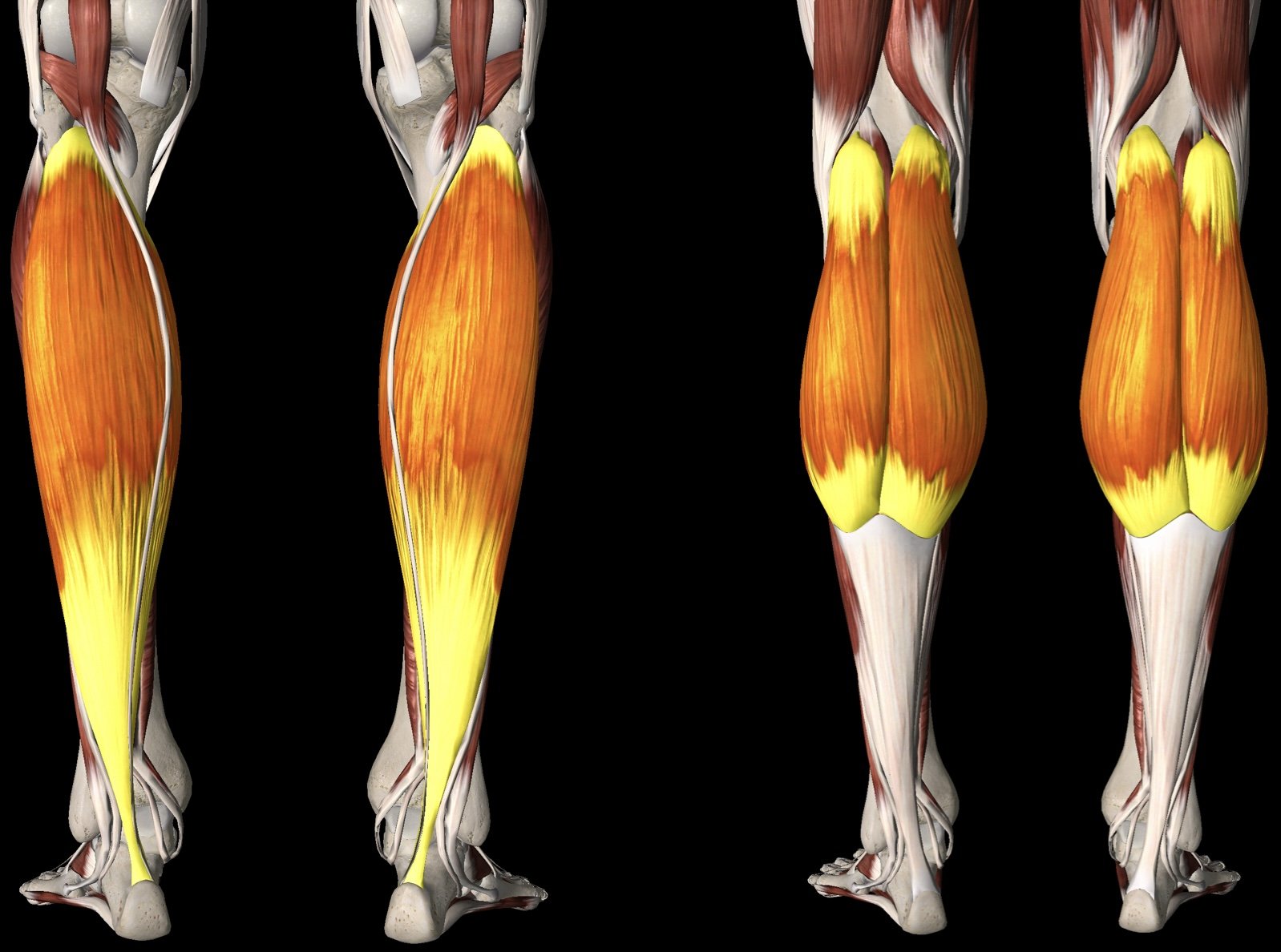The Bristol Runner - Why a Hilly City Can Lead To Toe Walking
The Problem
Bristol is a great city filled with loads of things to do, parks to walk around…and hills to run up. As a personal trainer in Bristol Clifton, I often see people running and help individuals who want to increase running performance and reduce their injury risk .
Being surrounded by hills, you’re either going to start by running up a hill or running down one. This inevitably means that you’re going to have to do the opposite when you run home. While hills give you a fantastic workout as it forces the body to exert more energy as there’s greater muscle activation, you also have to ensure that you adequately stretch afterwards, especially the calves. The calves are made up of many muscles, but the two main ones we’ll be focusing on are the Soleus and Gastrocnemius, which play a key role in plantarflexion (pointing the feet downwards). However, if left unchecked, these muscles get tight, which can cause a preemptive heel raise during a walking gait due to limited dorsiflexion (pointing the foot upwards), which leads us to today’s problem of “toe walking”. While there can be multiple factors for such a walking style such as genetics, chronic conditions, and injury; we’ll be focusing on an average adult who goes on a few runs a week and doesn’t stretch enough.
The Science
So let’s delve into the science a bit. Firstly, your soleus attaches to your calcaneus (heel bone) and originates below the knee joint on the back of both your tibia and fibula. Your gastrocnemius attaches to the calcaneus via the Achilles tendon and originates above the knee on the femur (See figure 1).
Figure 1: Soleus (left), Gastrocnemius (right)
A normal walking gait includes a total of eight phases within two seperate phases (Wei et al., 2020; Badiye et al., 2015):
Stance Phase:
Initial contact - Heel touches down.
Loading response - Weight begins to transfer onto the foot; foot starts to flatten.
Mid-stance - The body’s centre of mass moves directly over the foot.
Terminal stance - Heel begins to lift as weight shifts forward.
Pre-swing - Weight shifts to the other limb; toes push off.
Swing Phase:
Initial swing - Foot lifts off the ground; knee flexes to help clear toes.
Mid-swing - Swinging leg passes directly underneath the body; foot and knee begin to move forward.
Terminal swing - Leg extends in preparation for heel contact with the ground.
The issue tends to arises during the mid-stance, where the heel ideally stays down but instead rises preemptively.
Figure 2: The Gait Cycle (Badiye et al., 2015)
But why is that?
Well, when the calves are tight, the ankle can’t allow the shin to move forward properly over the foot during mid-stance (Li et al., 2021). Compensation occurs leading to the early heel lift to avoid stressing the muscle during that tight range. This causes someone who walks more on the forefoot, even during phases when the heel should be grounded. Ultimately, this is an inefficient, partial toe-walking pattern that can cause a host of other issues that lead to even more issues!
Implications:
Shortened Stride leads to reduced walking efficiency.
Knee hyperextension due to the heel lift before proper tibial progression.
Anterior pelvic tilt due to compensation through lumbar extension and reduced hip extension.
Overuse of quadriceps and hip flexors as these muscles pull the leg forward rather than pushing from the glutes.
Increased load on the forefoot and metatarsals can lead to plantar fasciitis, Achilles issues, and shin splints.
The Solution
Restore Range in Dorsiflexion
Ideally, the best thing you can do is stretch often, especially after running in Bristol.
Wall ankle mobilisation (knee to wall): Aim for 10-15 reps per leg 2-3x per day.
Gastrocnemius stretch: Stand on an elevated surface (stairs or curb) and drop the heel down while keeping the knee straight and hips forward. Hold for 30s for 2-3 sets.
Soleus Stretch: Stand on an elevated surface (stairs or curb) and drop the heel down while bending the knee. Hold for 30s for 2-3 sets.
Strengthen Calves
Weighted/bodyweight calf raises: Using a suitable weight or bodyweight, stand on an elevated surface with something to hold on to for stabilisation, raise the heel fully, squeeze, and slowly bring the heel down fully into a stretch. Repeat. Try 8-12 reps for 2-3 sets.
Reinforce Optimal Gait
Barefoot walking: Focus on slow and deliberate heel to midfoot to toe progression.
Treadmill incline walk: This encourages natural tibial progression and should be done at about 5-7% incline with a comfortable walking speed (Lu et al., 2023; Lorentzen et al., 2017).
I hope this all helps if you have tight calves that are affecting your walking ability!
I hope you all have a great rest of your day and stay strong and healthy!
Esse Fortis Et Sanus
Citations:
BADIYE, A., P. KATHANE and K. KRISHAN, 2015. Forensic Gait Analysis.
LI, S. et al., 2021. Evaluation of Multilevel Surgeries in Children With Spastic Cerebral Palsy Based on Surface Electromyography. Frontiers in neuroscience, 15, 680645
LORENTZEN, J. et al., 2017. Treadmill training with an incline reduces ankle joint stiffness and improves active range of movement during gait in adults with cerebral palsy. Disability and rehabilitation, 39(10), 987–993
LU, C., R. AL-JUAID and M. AL-AMRI, 2023. Gait Stability Characteristics in Able-Bodied Individuals During Self-paced Inclined Treadmill Walking: Within-Subject Repeated-Measures Study. JMIR formative research, 7, e42769
WEI, P. et al., Jul 1, 2020. Different sEMG and EEG Features Analysis for Gait phase Recognition. Piscataway: IEEE, pp.1002–1006


